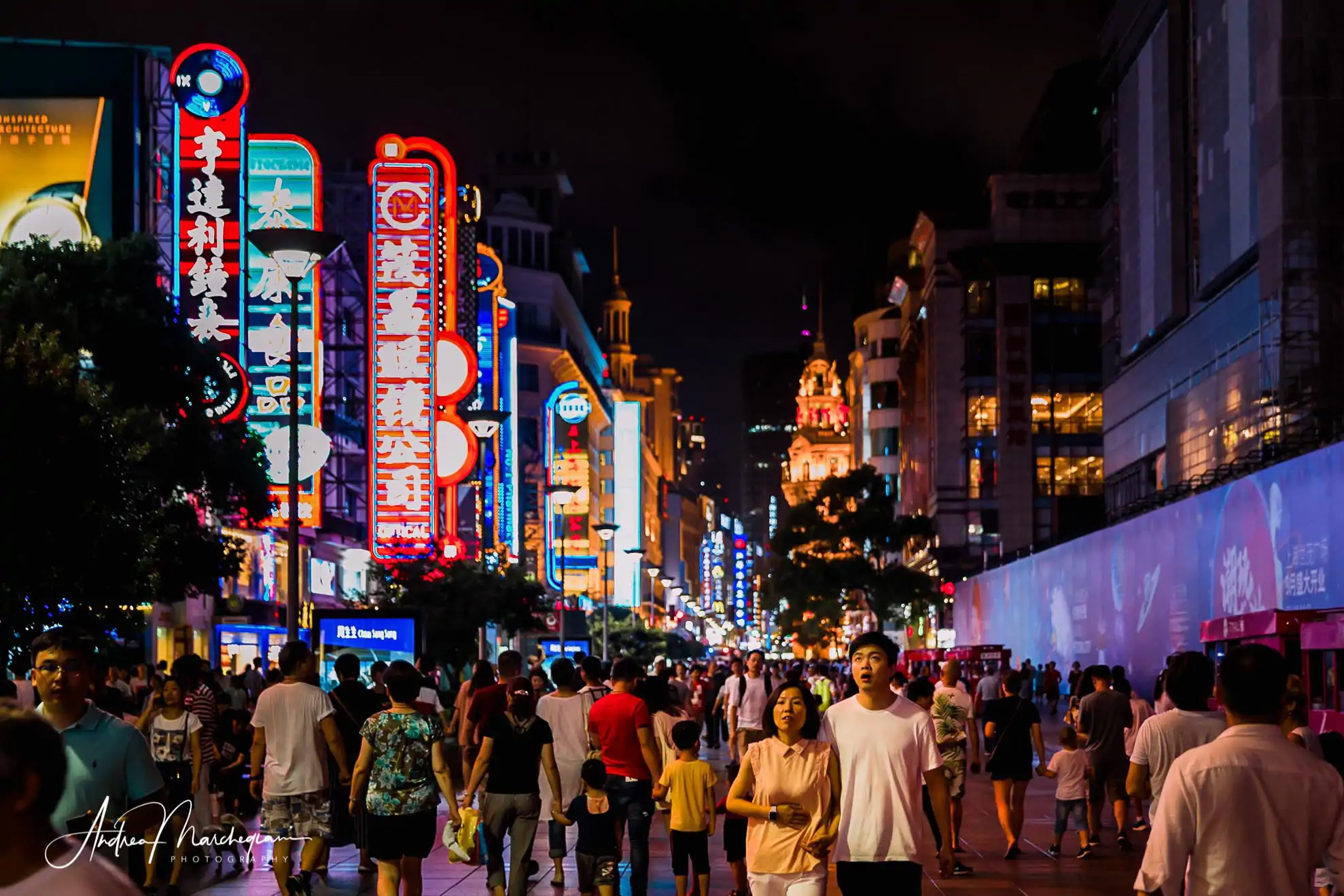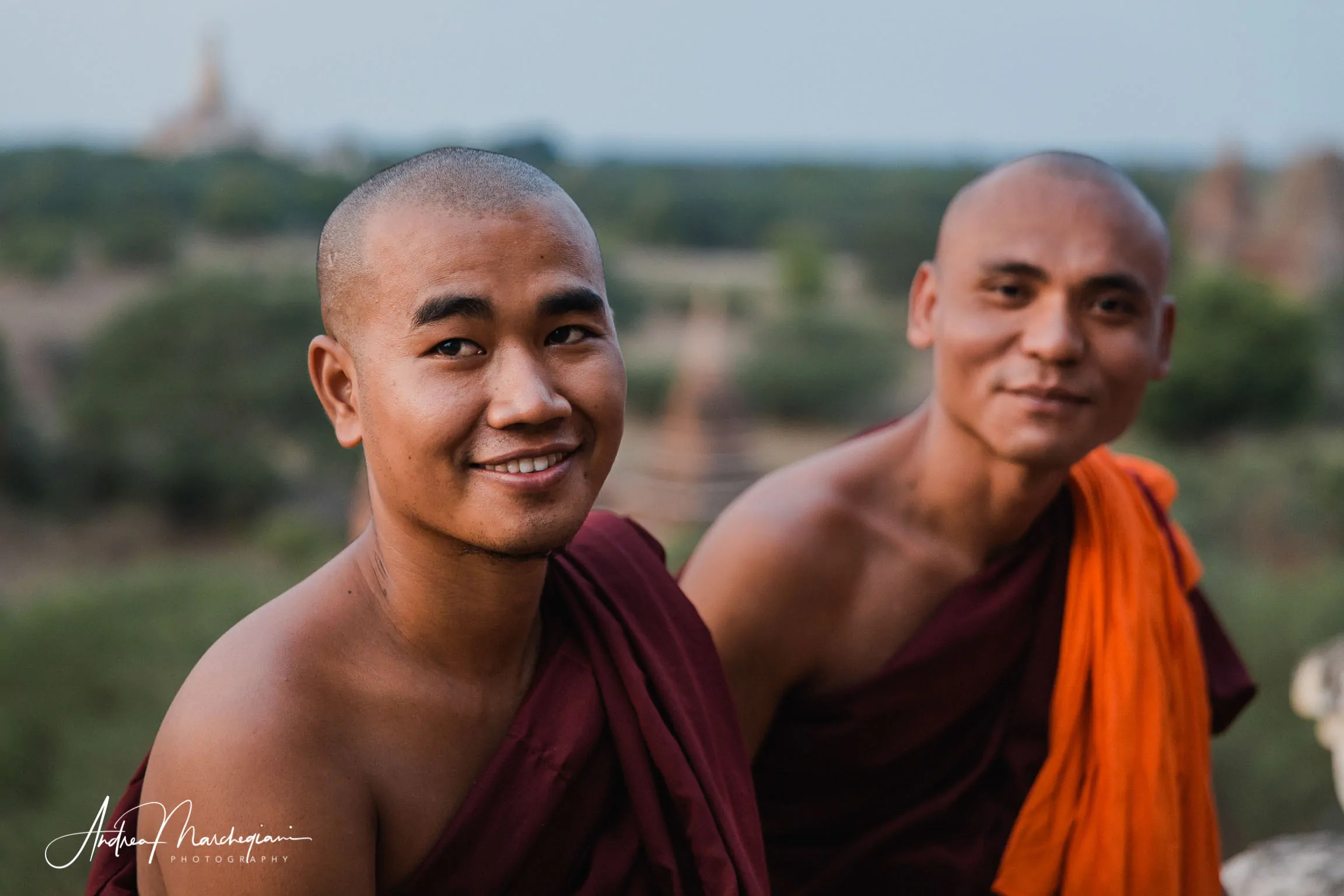
- Home
- Photo Galleries
- Portrait Photography
- Landscape Photography
- Street Photography
- China
- Ethiopia
- India
- Holy Ganges
- Varanasi
- Varanasi Ganga Aarti
- Varanasi, Manikarnika Ghat
- Varanasi Streets & Alleys
- Varanasi Demolition
- Varanasi Fruit Market
- Sarnath
- Brick Kilns
- Tamil Nadu, Chennai & Mamallapuram
- Tamil Nadu, Fort Tirumayam & Madurai
- Tamil Nadu, Tiruvannamalai & Thanjavur
- Kerala, Munnar
- Kerala, Peryiar
- Kerala, Backwaters
- Kerala, Kochi
- Kazakhstan
- Myanmar
- Senegal
- Uzbekistan
- Travel Blog
- China
- Ethiopia
- India
- Tamil Nadu & Kerala
- Varanasi
- Whato to do in Varanasi
- Varanasi Life along the Ghats
- Varanasi Death along the Ghats
- Varanasi Ganga Aarti Ceremony
- Varanasi demolished to honor Shiva
- Varanasi Fruit Market
- “Varanasi, A Journey into the Infinite”
- Sarnath
- All about River Ganges
- Holy Shit. All about Indian Cow Dung
- Clean India Project
- Brick factories
- Tilaka, pundra, bindi: what is the mark on Indian foreheads?
- Kazakhstan
- Mongolia
- Ulaanbaatar, the coldest capital in the world
- What to do in Ulaanbaatar
- Chinggis Khan Museum, 6 floors of Mongolian history
- Gorkhi-Terelj National Park and Bodgkhan Natural Reserve
- Altai Mountains, Things to do in Olgii and Sagsai
- Living with the Eagle Hunters
- Sagsai Eagle Festival
- Navrus Festival
- Xöömej, Mongolian throat singing
- Mongolian Food
- Myanmar
- Senegal
- Uzbekistan
- Latest Posts
- Photography Blog
- About
- Prints
What to do in Shanghai in 1 day
I’ll be honest: China wasn’t on my list of favorite destinations. To me China was just the place where they make the cheap products we find in every market nowadays. I didn’t realize the future is there and it has almond eyes.
Share with your friends:

Visiting Shanghai in August
I decide to go to Shanghai in August, the worst time to visit a hot, rainy, humid and crowded city. I initially chose another destination but circumstances brought me here. “Are you going to Shanghai in August?” asks my friend Marta. “The temperatures and the heat are brutal. I admire your courage”. I just booked the plane ticket and I already regret it.
China and prejudice
When I land at Shanghai airport, I face customs officers’ strict expressions with discomfort. I realize that I am resentful of a country whose stereotypes are all I know. After all, haven’t we all at some point been critical of the new face of China, a country that seems to have renounced its traditional values to become the new world capitalist power? As a matter of fact, China alone produces more than half of global pollution and certainly does not shine for freedom of thought or civil rights.
My resentment is motivated, I say to myself with the typical Western double standard. “And they don’t even try to pronounce decently the few English words they know,” I comment as I withdraw my passport. “Chinese is the most widely spoken language in the world”, replies my travelling companion Daniele. “Maybe we should learn it ourselves”. I think of Catullus, Dante, my beloved Pirandello and I see them relegated to an irrelevant linguistic minority.
I have to stop thinking about this before my racist supposed cultural supremacy makes me feel threatened and focus on the Chinese food I will eat for 3 weeks. Spring rolls, rice noodles and almond chicken. I love Chinese food! Well, I found a meeting ground. I’m ready to visit Shanghai.
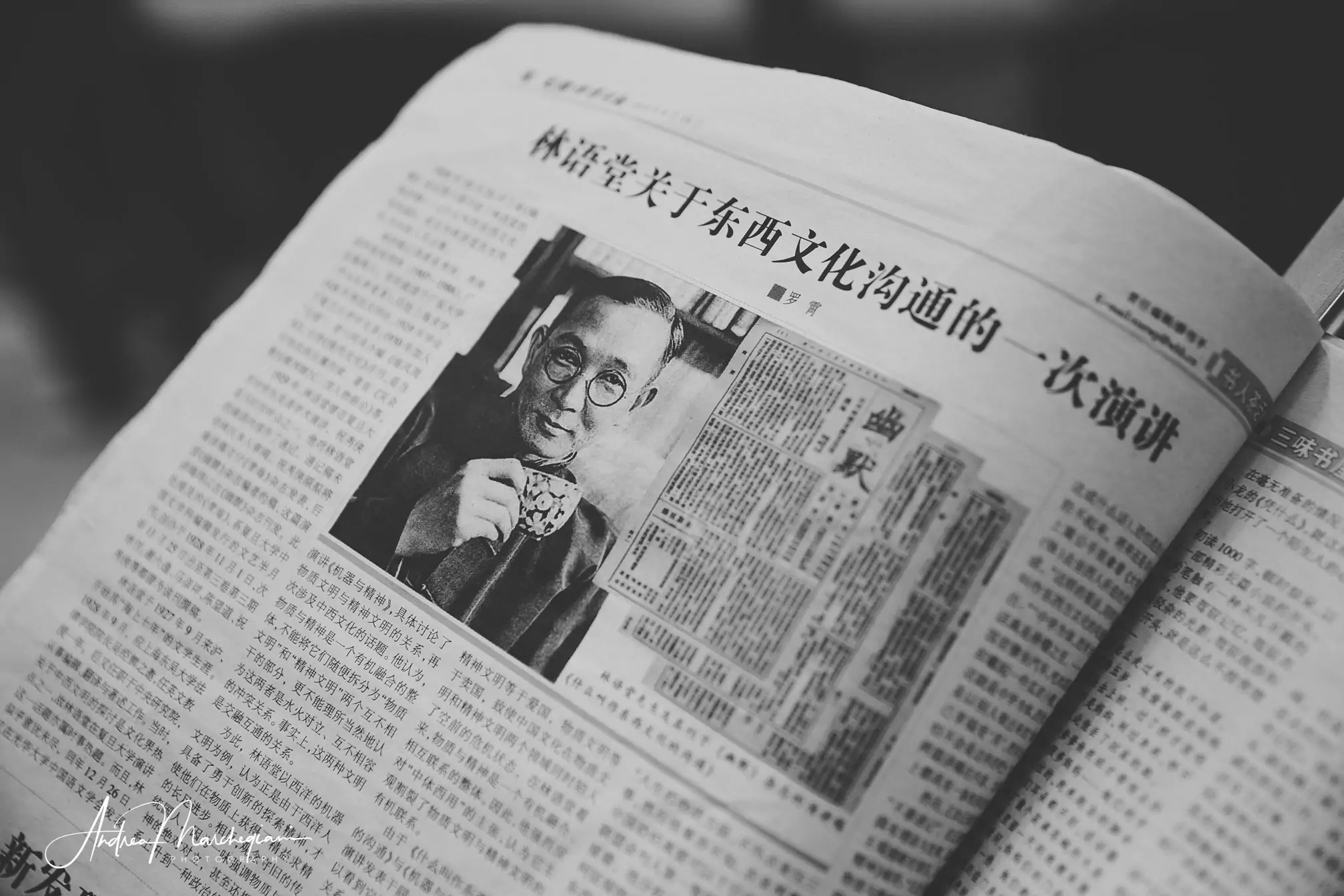
Google does not work in China
We arrive at night, under a merciless monsoon rain. We try to take a taxi, but nobody wants to drive us to our hotel. They stop, they look at us, we show our destination on a piece of paper, they make a disgusted face and leave.
We get anxious. Google doesn’t work here, we can’t download maps or communicate via Whatsapp. Luckily, Maria brought along a GPS that gives us an approximate direction. Soaking wet, we have to drag our bags in the rain for two kilometers to the hotel.
Only two weeks later, asking a local guide, we will understand that in the evening taxi drivers prefer to choose their last ride in an area close to home, so they can disconnect from the shift without having to cross back the city.
We leave our bags at the hotel, tired and discouraged, and we go eat in the first place we find. It’s an American fast food. No spring rolls tonight. It seems like China and I don’t really connect.

Shanghai, the most populous city in the world
With its 32 million inhabitants, Shanghai is the most populous city in the world. In its metropolitan area, it hosts about half of the inhabitants of the whole of Italy.
Managing flows is therefore essential and, after spending some time the city, we are surprised by the lack of traffic jams and the quiet silence in the streets. Almost everyone moves by bike or in strictly electric scooters.
On both sides of the street, there are lines of gingko and well-groomed flat trees, which give Shanghai an unexpected European atmosphere. “Look, in spite of so many trees, there are very few leaves on the floor.” How is that possible?” I ask. At this point, we see a garbage collector passing and picking up fallen leaves. One by one. We are amazed.
Another surprise is the metro lines. In every station there are the same controls we are used to at the airport. They search us, check our documents and water bottles with scanners. Cops are so fast there is no queue.
Chinese people pass subway turnstiles by showing their mobile phone, each with a different QR code containing all personal data. Their telephone is also connected to their credit card, so they pay for the ticket and are identified at the same time. Everything works smoothly like a well-oiled mechanism, with total control over the identity of passengers and their journey.
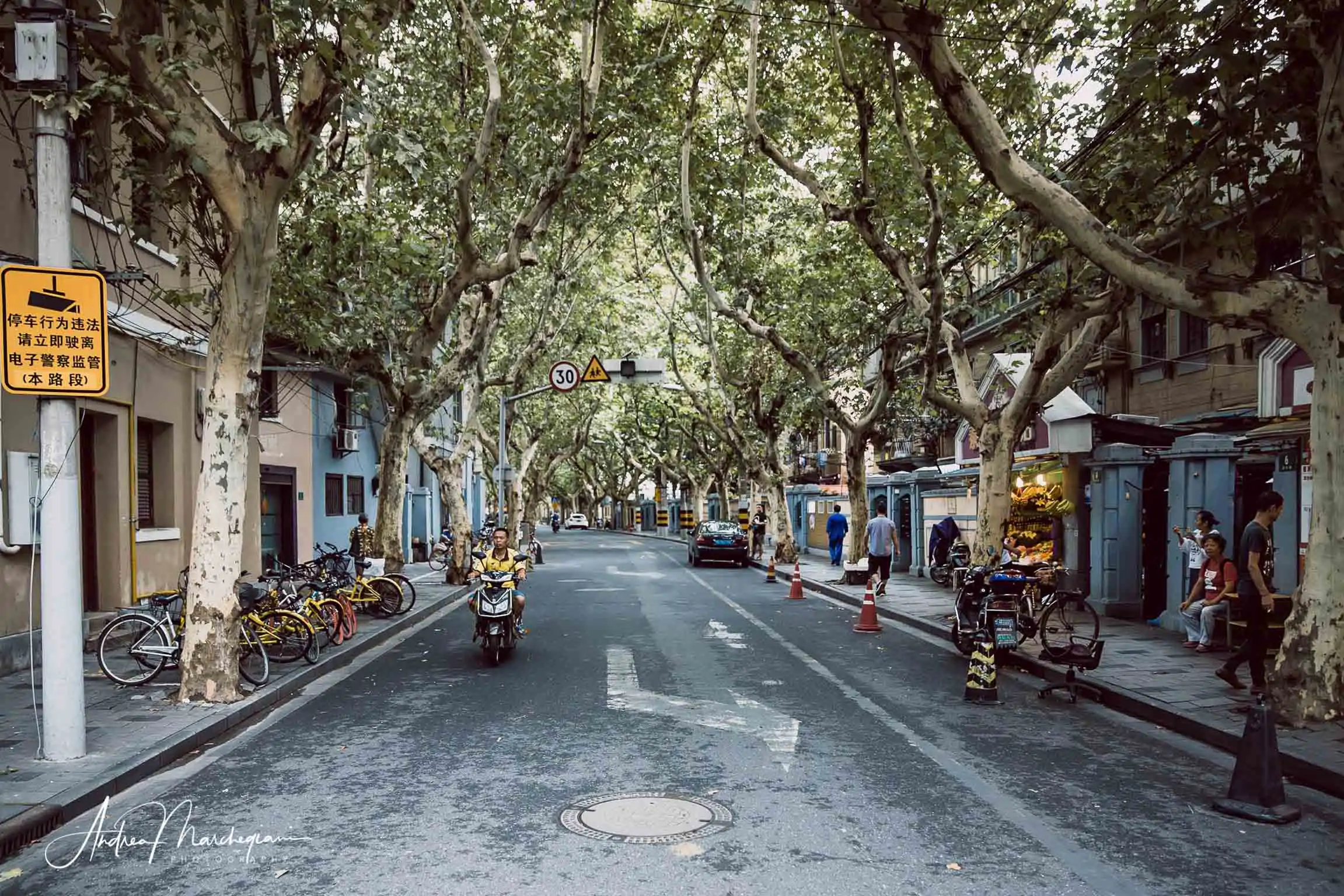


Shanghai French Quarter
We stroll a few hours through the old French Quarter, where European bourgeois families settled during the 19th century.
Today the area is very frequented by tourists and is full of clubs and luxury shops. You can eat all kind of food and I start noticing Chinese people have a real obsession with fun foods: rice cakes of all shapes and colors, steaming candies with liquid nitrogen, melted mozzarella sticks. There is a joyful atmosphere similar to what Europe lived during the 1980s economic boom.
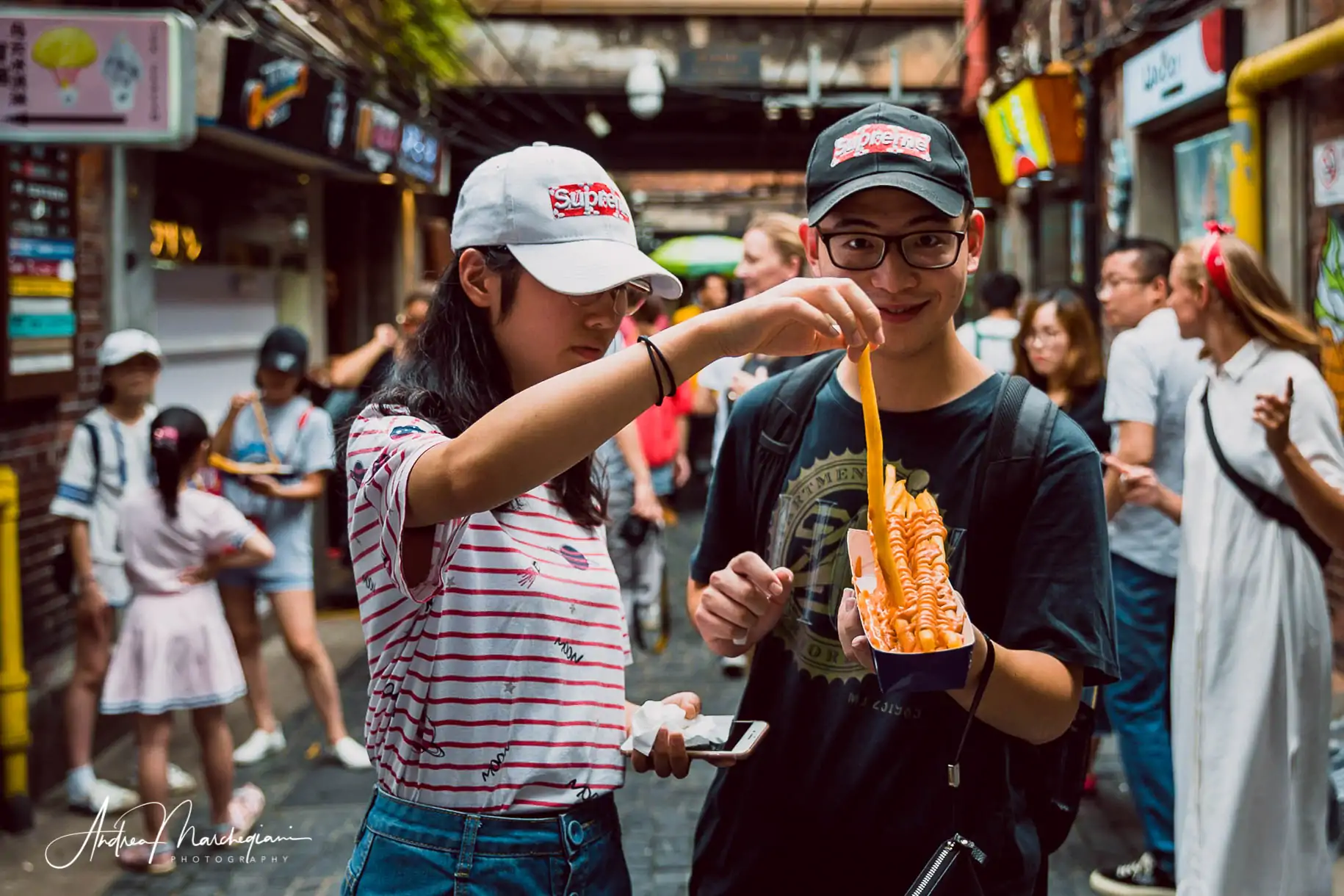






Pudong, Shanghai Tower and Oriental Pearl Tower
In the evening we head towards the Bund, a waterfront area and a protected historical district along the bank of the Huangpu River. From here you can admire Pudong business district, where in recent years many skyscrapers have been erected as an expression of Chinese economic development.
These include the 492-metre-high Shanghai Tower, the tallest building in China (and the second tallest skyscraper in the world). Skyscrapers lights are turned on in the evening, making the river banks look so spectacular as to make the Bund Shanghai’s main tourist attraction.
The crowd is waiting for the “Pearl of the East”, the television tower with its 5 fuchsia spheres, to light up. They are almost exclusively tourists from China.
At sunset, seductive light shows enliven the landscape: bright boats parade along the river to attract attention. Children are amazed at such magic. Young people take pictures and selfies. The elderly have seen their country go through such radical and drastic changes in just a few decades they are perhaps the most amazed people in the crowd.



Shanghai People Square
We finish the evening at People Square, where there are the Opera House and several museums. With its 140,000 square meters, People Square is so large that they built a park inside of it, so you end up walking around without ever understanding where the square actually is. Tourists walk by the shop windows and look at the world through the iphone camera.
I don’t like this kind of scenery – crowds, shopping, consumerism. I think Maria read a bit of boredom in my eyes. She has been to China several times and has already visited the city. “Andrea, it would make no sense to come to the center of China without seeing big cities like Shanghai and Beijing. But as soon as we move inland you will see a whole different reality. And it is important to see both“.
Something tells me she’s right.


